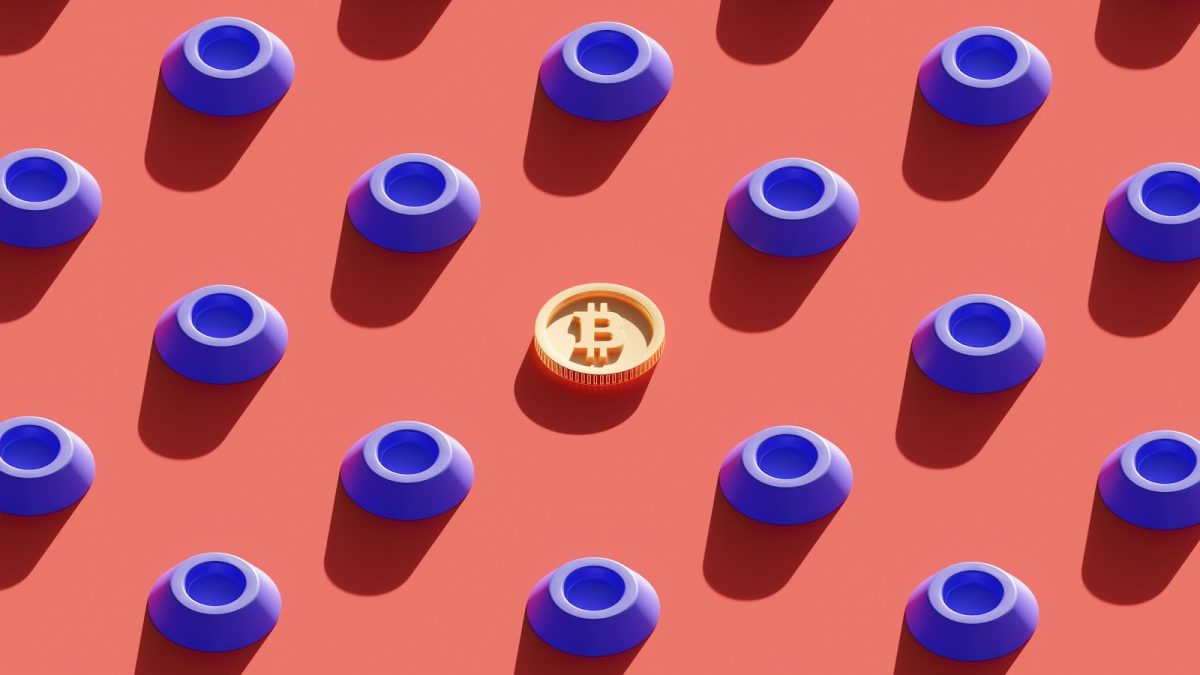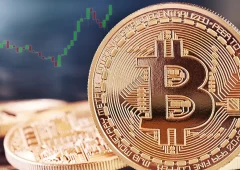Big Institutions Offloading BTC: Massive Deposits Flood Binance
19.08.2024 20:00 1 min. read Alexander Stefanov
Bitcoin (BTC) has struggled to recover after a sharp decline below $50,000 in early August, amid a downturn in global markets.
Despite this, institutional investors are reportedly continuing to offload their BTC holdings.
According to a Lookonchain update, the custody platform Ceffu, linked to Binance, deposited $7 million worth of BTC in a single day. Since July 31, Ceffu has moved a total of 3,568 BTC, valued at approximately $211.6 million, to Binance. This significant transfer suggests that institutions are actively selling their Bitcoin assets.
In addition to Ceffu, the crypto market maker Wintermute has recently deposited $97.03 million worth of WBTC into Binance. On-chain analyst ai_9684xtpa noted that Wintermute added 1,631,863 WBTC (about $97.03 million) to the exchange in the last 13 hours alone.
Overall, Wintermute’s deposits since August 17 have totaled 5,860.67 WBTC, worth around $348 million, leading to speculation that the firm might be reducing its WBTC holdings.
Furthermore, QCP Capital, a Singapore-based cryptocurrency trading firm, has also contributed $5.87 million worth of WBTC to Binance. On-chain analyst The Data Nerd reported that QCP Capital deposited 100.5 WBTC, equating to $5.87 million.
Experts caution that these large-scale institutional sales could exert downward pressure on Bitcoin’s price.
-
1
Trump-Linked Truth Social Pushes for Bitcoin-Ethereum ETF as Crypto Strategy Expands
25.06.2025 19:00 2 min. read -
2
Bitcoin Hashrate Declines 3.5%, But Miners Hold Firm Amid Market Weakness
27.06.2025 21:00 2 min. read -
3
Bitcoin’s Price Closely Mirrors ETF Inflows, Not Corporate Buys
26.06.2025 11:00 2 min. read -
4
Crypto Company Abandons Bitcoin Mining to Focus Entirely on Ethereum Staking
26.06.2025 20:00 1 min. read -
5
Bitcoin Hits New All-Time High Above $112,000 as Short Squeeze and Tariffs Fuel Rally
10.07.2025 0:35 2 min. read
Peter Schiff Warns of Dollar Collapse, Questions Bitcoin Scarcity Model
Gold advocate Peter Schiff issued a stark warning on monetary policy and sparked fresh debate about Bitcoin’s perceived scarcity. In a pair of high-profile posts on July 12, Schiff criticized the current Fed rate stance and challenged the logic behind Bitcoin’s 21 million supply cap.
Bitcoin Price Hits Record Highs as Exchange Balances Plunge
A sharp divergence has emerged between Bitcoin’s exchange balances and its surging market price—signaling renewed long-term accumulation and supply tightening.
What’s The Real Reason Behind Bitcoin’s Surge? Analyst Company Explains
Bitcoin touched a new all-time high of $118,000, but what truly fueled the rally?
Bitcoin Lesson From Robert Kiyosaki: Buy Now, Wait for Fear
Robert Kiyosaki, author of Rich Dad Poor Dad, has revealed he bought more Bitcoin at $110,000 and is now positioning himself for what macro investor Raoul Pal calls the “Banana Zone” — the parabolic phase of the market cycle when FOMO takes over.
-
1
Trump-Linked Truth Social Pushes for Bitcoin-Ethereum ETF as Crypto Strategy Expands
25.06.2025 19:00 2 min. read -
2
Bitcoin Hashrate Declines 3.5%, But Miners Hold Firm Amid Market Weakness
27.06.2025 21:00 2 min. read -
3
Bitcoin’s Price Closely Mirrors ETF Inflows, Not Corporate Buys
26.06.2025 11:00 2 min. read -
4
Crypto Company Abandons Bitcoin Mining to Focus Entirely on Ethereum Staking
26.06.2025 20:00 1 min. read -
5
Bitcoin Hits New All-Time High Above $112,000 as Short Squeeze and Tariffs Fuel Rally
10.07.2025 0:35 2 min. read


